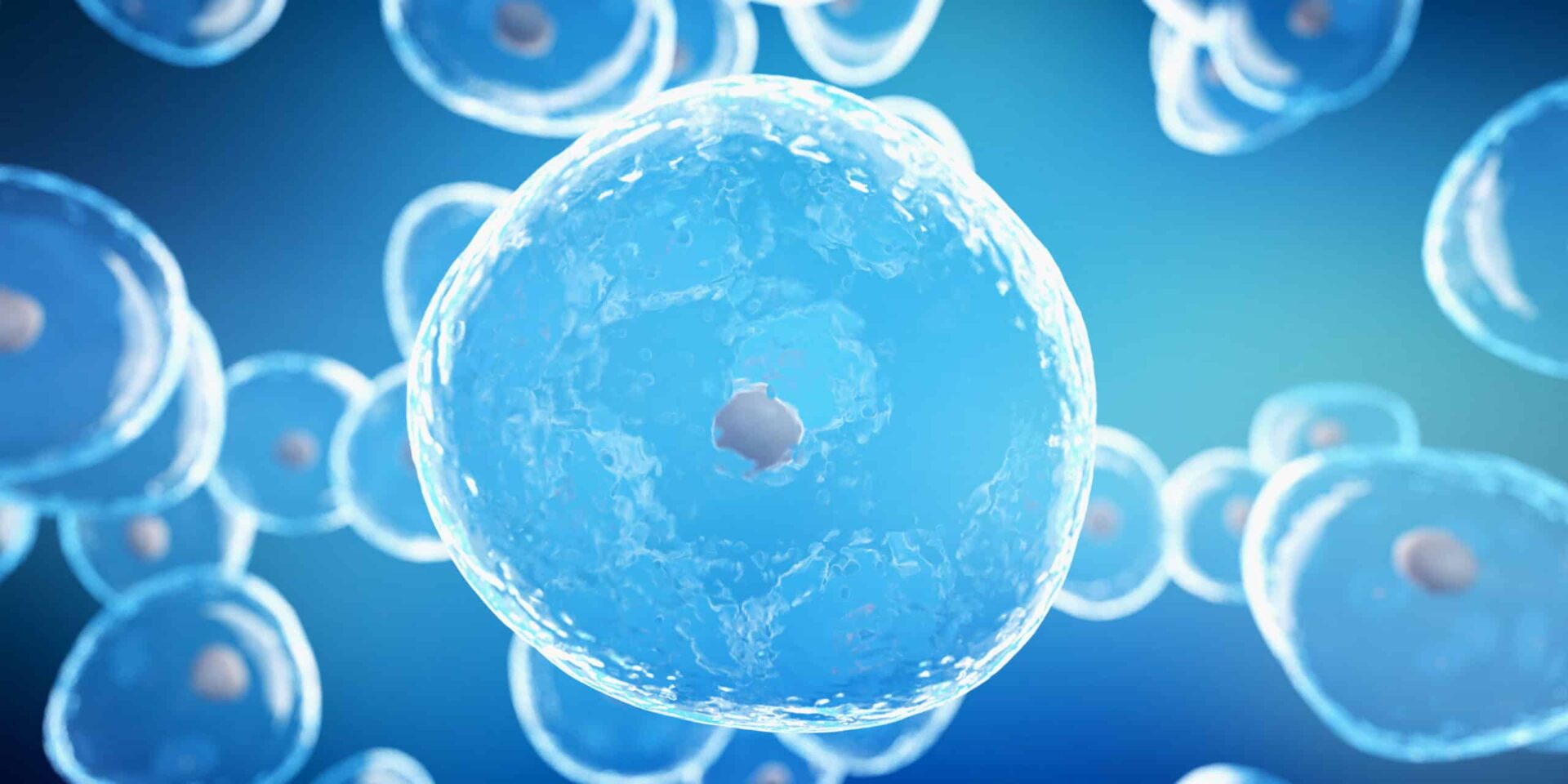Cell therapy is an advanced approach for treating rare or complex disorders. Innovations in this field allow us to treat patients more effectively with better outcomes and fewer side effects than ever.
In this article, we explore ways to build a successful program in this increasingly complex field.
What is Cell Therapy
Cell therapy is a medical treatment that involves transferring cells into a patient to treat or prevent a disease. The goal of cell therapy is to restore normal function, improve health outcomes, and in some cases, offer a potential cure for previously untreatable conditions. The origin and type of cells, and the treatment of the cells outside of the patient, all vary dramatically. Cell therapy is an extremely diverse field, so there are many different approaches to execute these treatments.
The type of cells used depends on the specific case and disease being addressed. For example, autologous cell therapy involves collecting cells from a patient, cultivating them in a laboratory, processing them for treatment, and reintroducing them back into the same patient. Another example is allogeneic cell therapy, in which cells come from a donor rather than the patient.
Gene-modified cell therapy is another growing application within the field. Cells are isolated from a patient, cultured in a lab, and genetically altered in various ways: adding a new gene to the cells, cutting out a gene, etc. – any gene modification necessary to correct a disease or genetic deficit. Once the modification is complete, those cells are added back to the patient to correct the diseased phenotype.
The applications vary, but ultimately, cell therapy offers new and effective treatment options that were previously unattainable.
Why Cell Therapy Development Matters
Cell therapy is a novel way to treat complex diseases. One common application is cancer treatment, namely CAR-T cell therapy. This approach to cancer treatment typically has a lower side effect profile than traditional chemotherapy. Cell therapy allows you to achieve a more favorable risk-benefit profile than conventional cancer drugs. The goal of CAR-T cell therapy is to reprogram the patient’s immune system to fight cancer in the long term by attacking specific cancer cells, something that’s difficult or impossible to achieve with traditional chemotherapy. A significant hurdle with cancer is the ability for tumors to evade the patient’s immune system and grow unchecked. These cell therapies aim to reprogram the immune system to fight the tumor in the same way it would fight an infection.
Cell therapy matters because it can achieve things that are difficult or impossible with other treatments, even treating diseases with no prior treatment options.
Preclinical Development for Cell Therapies
Guidelines for cell therapy are rapidly evolving. The FDA frequently updates its guidance to meet the industry’s evolving needs. In general, you need to meet some basic standards to participate in a clinical trial and file your IND, which differs from the traditional IND for small molecules or biologics. We highlight critical components of preclinical cell therapy development programs below.
- Demonstrating Proof of Concept
The FDA requires that your program provide proof of concept that the drug is likely to work in patients. This typically involves demonstrating in an animal model of the disease that the cell therapy has some activity and can ameliorate the symptoms of the disease.
- Choosing the Correct Disease Model
You’ll likely conduct your work in a disease model for these types of cell therapy products. Choosing the correct disease model is essential for the agency to give your proof-of-concept study inferential value.
- Demonstrating Safety
Collecting safety data is vital to enhancing the value of your studies. Every time you conduct a study, you want to optimize the number of safety endpoints collected in order to maximize the scientific and regulatory value of each study.
The preclinical program for each cell therapy is unique and must be designed considering the indication, patient population, and characteristics of the cells used. Every program is designed case-by-case, and no two programs are exactly alike. Orchestrating the right team allows you to build the ideal program for your product that meets all requirements and leads to a successful IND filing.
Building Your Cell Therapy Program
The bespoke nature of a cell therapy development program requires that the sponsor work with a qualified consultant. You need someone who knows the regulations and understands the science to design a preclinical program that will successfully support the IND, so you can get into the clinic with greater certainty and with as few complications as possible.
Having the right consulting expertise on your team is crucial to get through to the finish line.
KreaMedica offers a full-service support system for preclinical cell therapy program development. Partnering with our team gives you access to:
- Program management services
- Integrated study support
- Study monitoring support
- Preferred pricing with vendors
- Excellent connections with expertise to design, run, and execute these programs
We deliver a team approach with the proper experts to guide your projects, the support staff to run them, and vendors with the capability to execute. We’re your one-stop drug development partner.
If you’re ready to begin your cell therapy development program and want to do it correctly from the start, contact our team today. We’re happy to help you achieve your goals.

